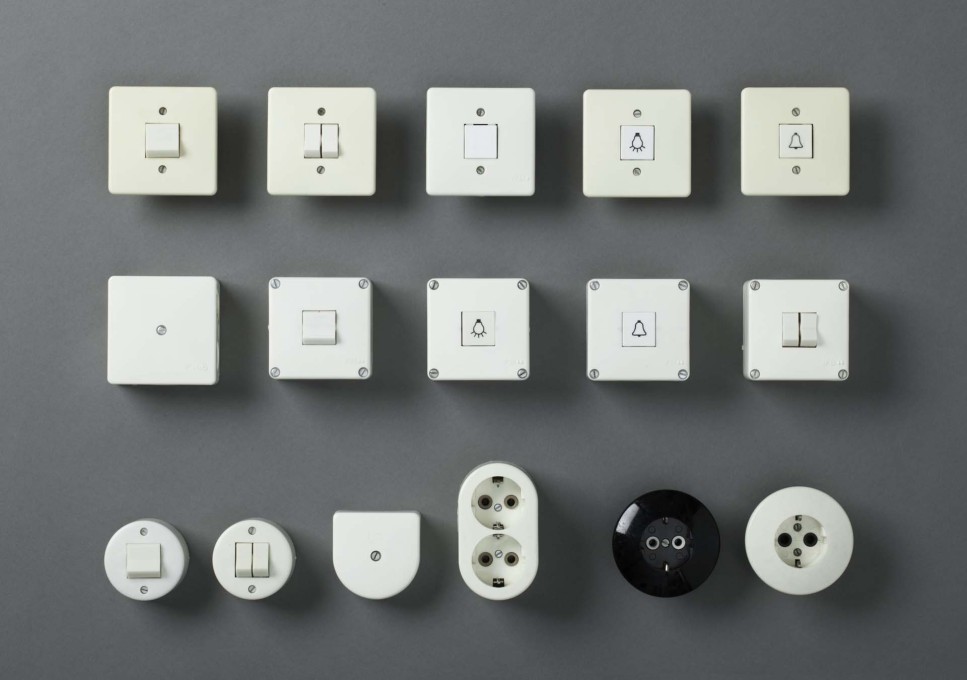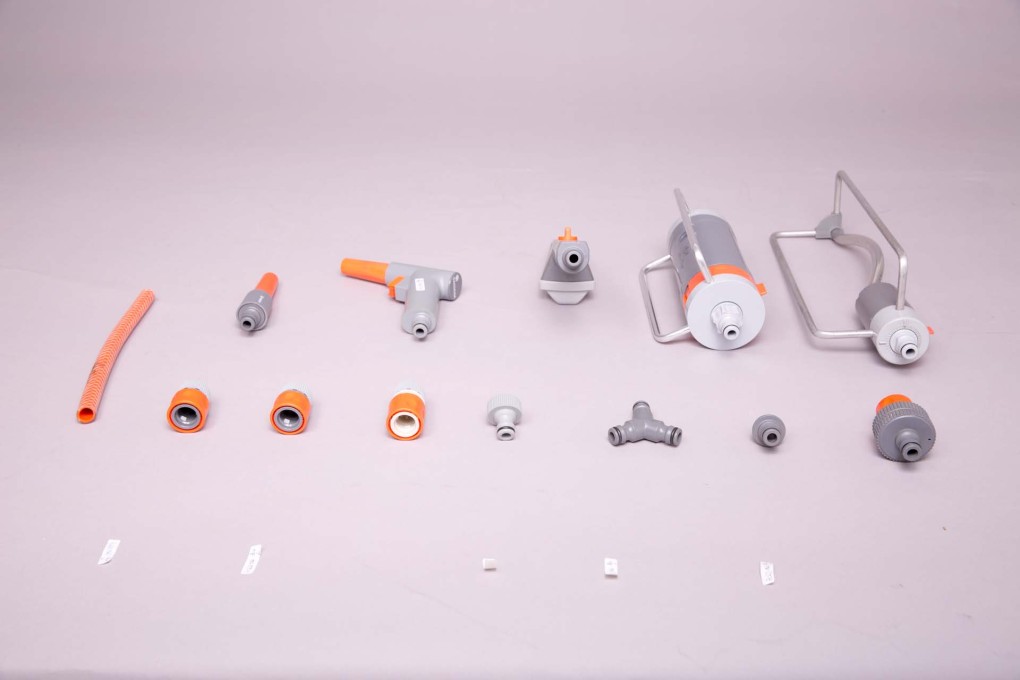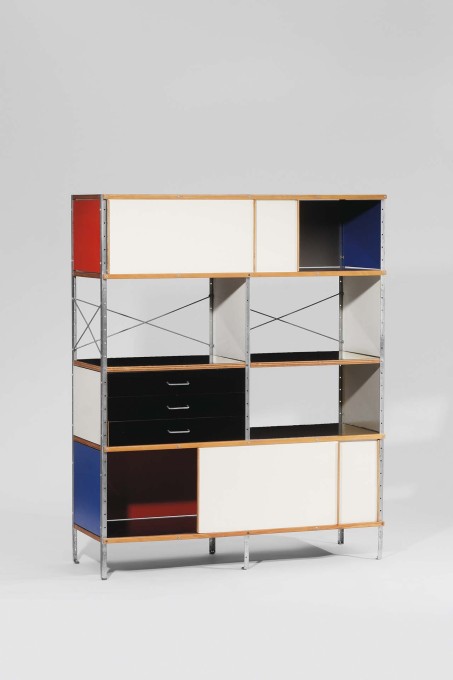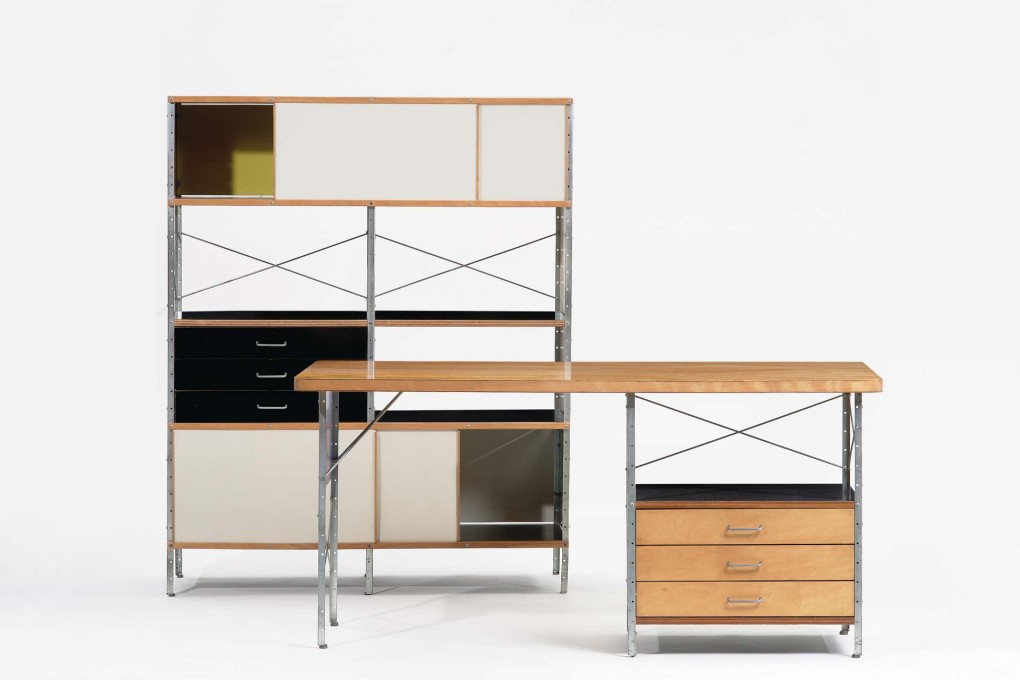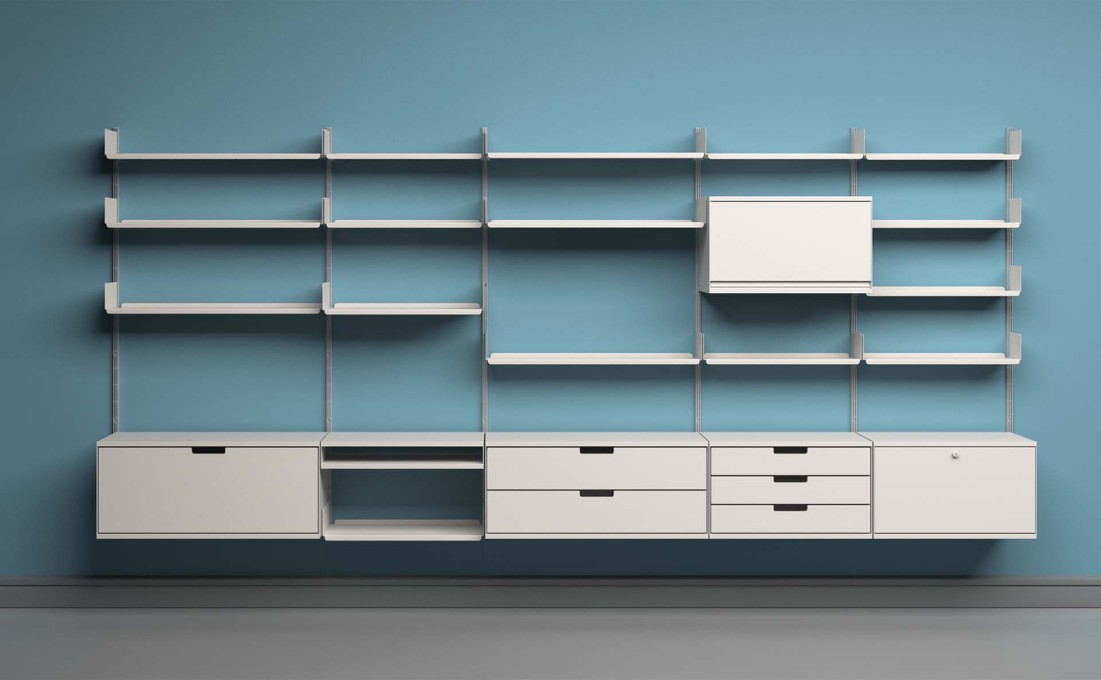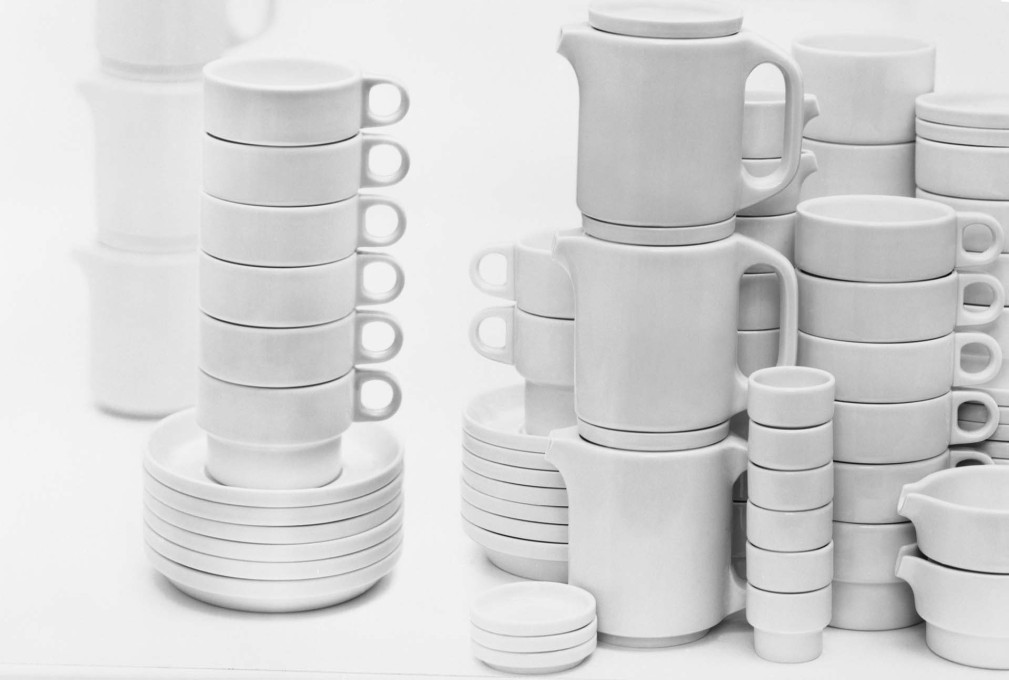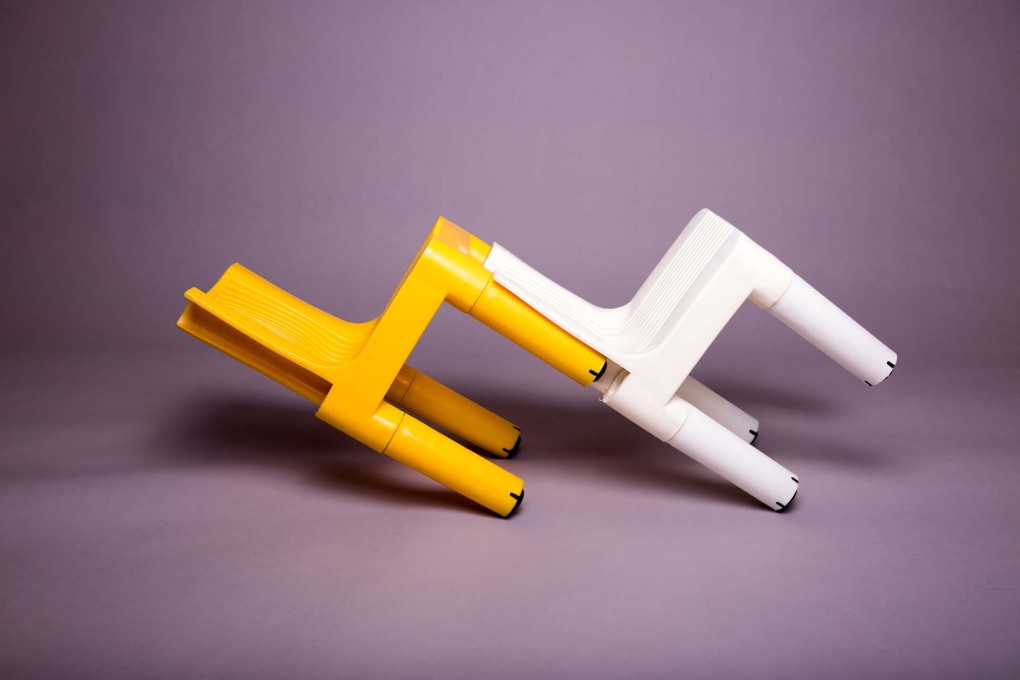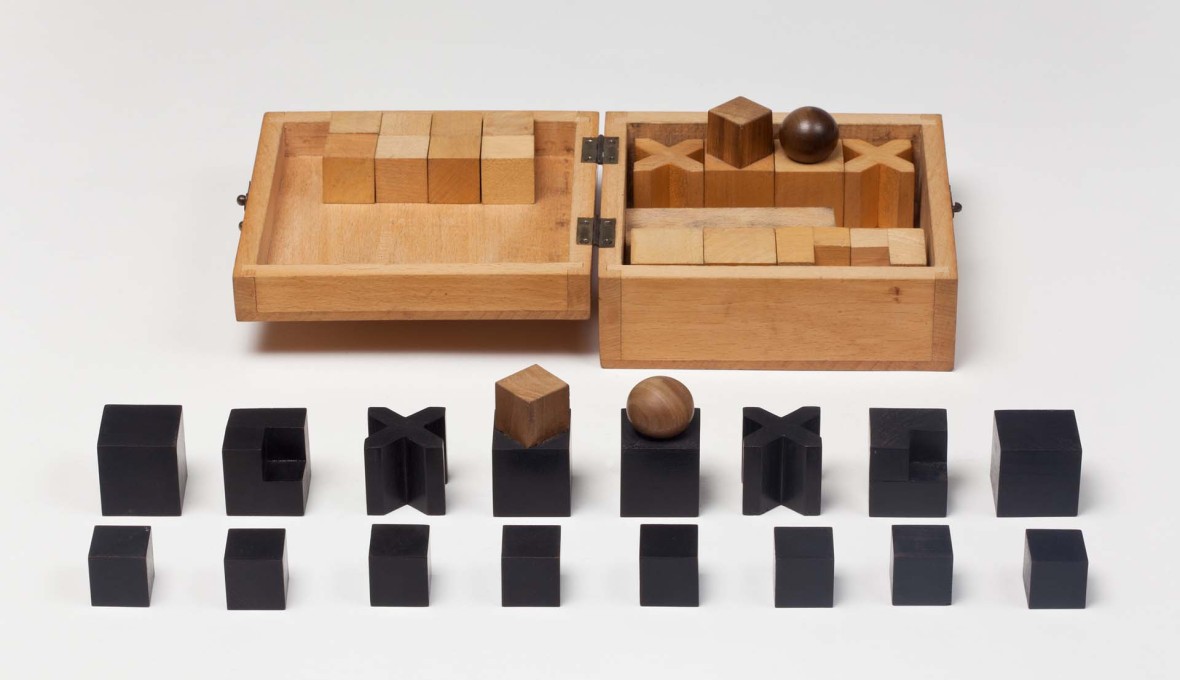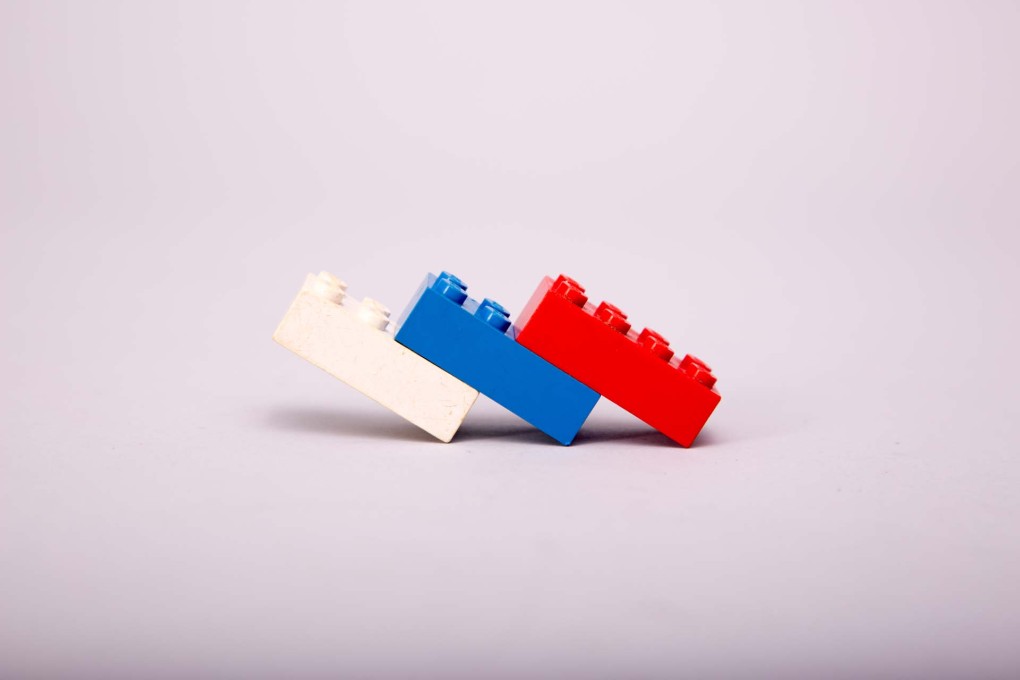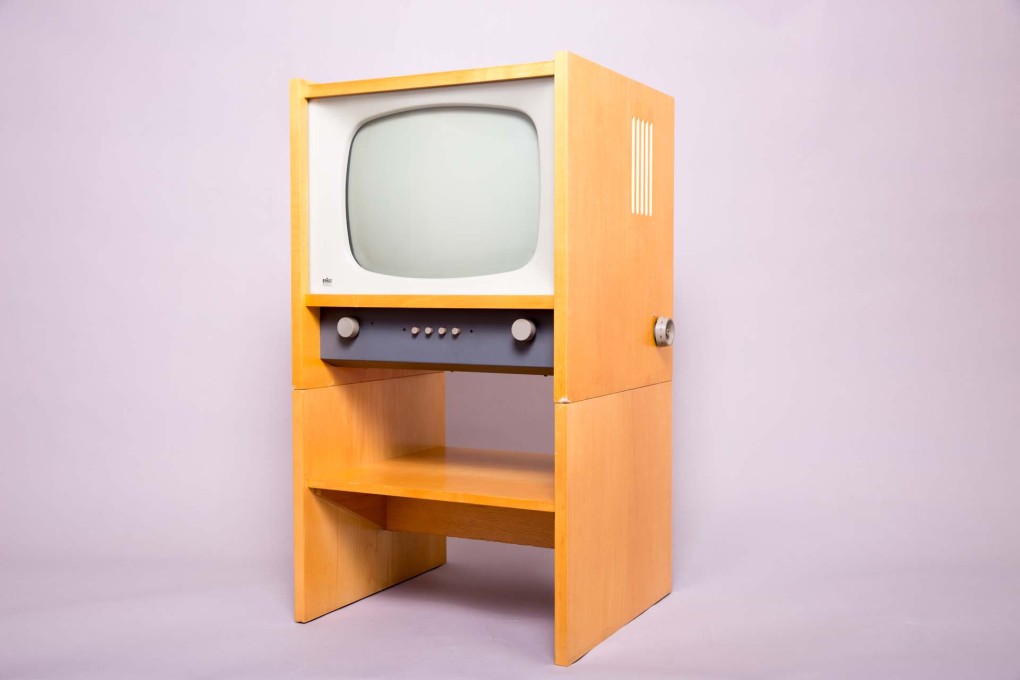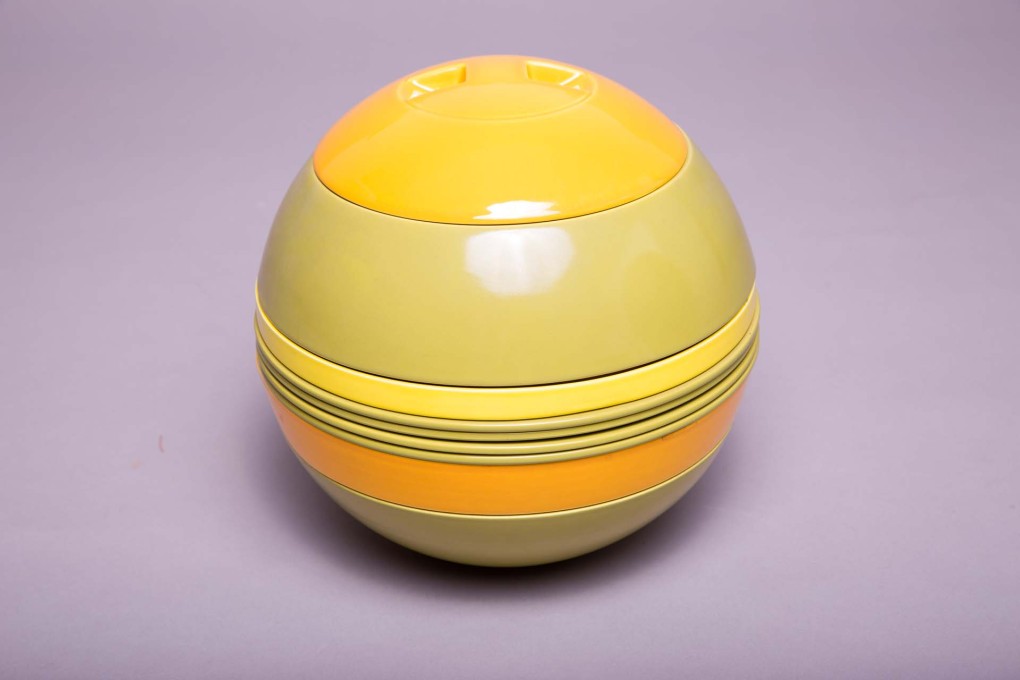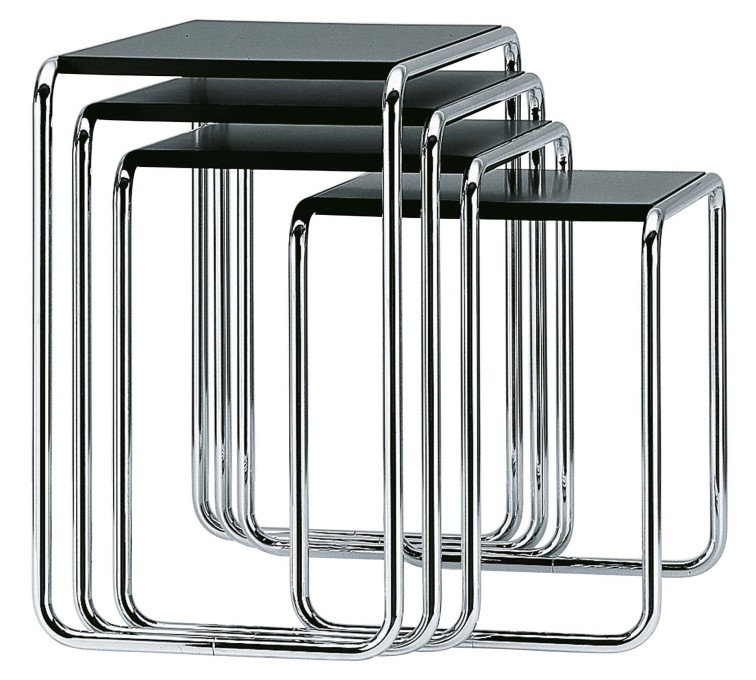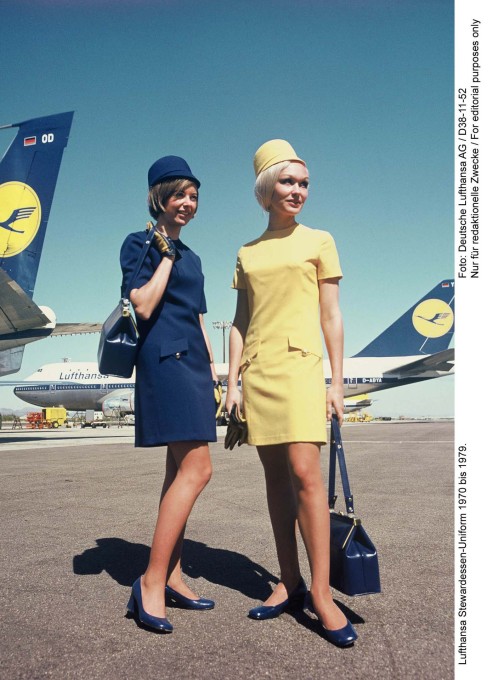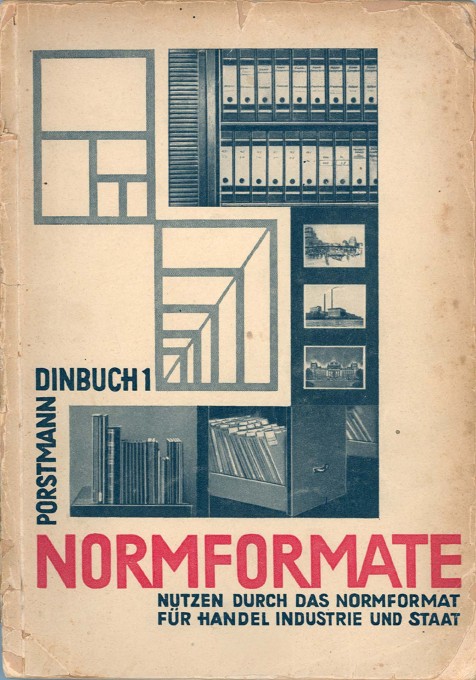Systems pervade all aspects of our everyday life, and to what extent is shown by the Museum for Applied Art in Cologne (MAKK). Their current exhibition System Design. Over 100 Years of Chaos in Everyday Life presents 150 examples from the history of design, and asks the question: Has the attempt to tame creative chaos simply created more chaos?
The cliché is unavoidable. System design is seen as being typically German, and not only outside of Germany. The Ulm School of Design, Dieter Rams and Braun products come immediately to mind, not to mention Wilhelm Wagenfeld’s glass storage containers and the Haller furniture system by USM. The new System Design exhibition in Cologne inevitably includes all of these examples, yet sets a much broader scope, both geographically and historically. Systems, it shows, are more present today than ever before. But in contrast to the post-war modernist classics, they have long since left their physical manifestation behind.
Beyond the physical
“With the USM Haller System, the ball joint is always visible. Digital systems or business models, which are also configured as systems, no longer have this physicality”, explains exhibition curator René Spitz. The iPhone (2007), Apple’s first smartphone, is presented as an example of the mobilisation of the internet. The complexity of the system is masked behind an interface that implies simplicity. This is also shown by the display of a USB stick on which Apple’s latest OS X Yosemite operating system (2014) is stored, an object that marks the shift to the digital systems of online shops and personal clouds. Electronic payment systems may take the form of a chip card (design: Jürgen Dethloff + Helmut Gröttrup, 1969), while global logistics systems are made manifest through the European Pool flat pallet (design: Julius Hofer, 1966).
What differentiates digital from analogue systems is their interconnectivity. “When I visit a chain like Starbucks or McDonalds, my smartphone automatically joins their WLAN, without my having to do anything. I can surf the internet and make purchases. Afterwards, I drive home using a car sharing service. All of these formally unrelated systems still create a functional context”, explains Spitz. Digitalisation has increased the interconnection of competing systems far more than in the analogue years, which tended to require more either/or decisions.
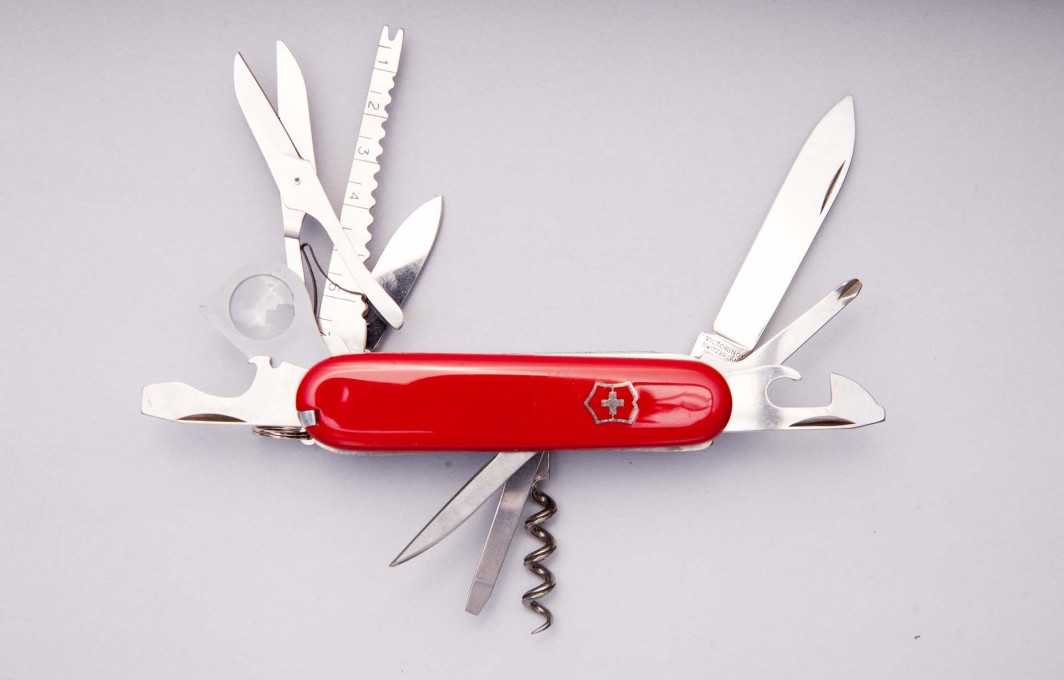
Design of dependencies
One example is the Leica 1A camera system (design: Oskar Barnack, 1925). It was the first camera whose lens could be separated from the body and exchanged for another. But other companies such as Nikon and Canon did not adapt the format, instead developing own systems that were incompatible with one another. This approach has hardly improved, as evidenced by today’s infinite tangle of cable connections for laptops and mobile telephones, which even differ within the same brand.
“The missing link between systems can be simulated by adapters, which is a wonderful irony”, notes Spitz. System shortcomings lead to new systems that help to bridge the weaknesses. With each system that we commit ourselves to, we exclude other things. In this way, systems involuntarily produce dependencies – and at the same time reduce their own potential use. The result is not an increase in order, but in chaos.
System design classics
This does not mean that systems are pointless, as demonstrated by classics such as Lego bricks (design: Ole + Godtfried Kirk Christiansen, 1958) or the Gardena watering system (design: Dieter Raffler + Franco Clivio, 1968). Examples from the furniture segment include the Vitsoe 606 Universal Shelving System (1960) by Dieter Rams, the String shelf (1949) by Kajsa and Nisse Strinning, the Seggiolino child’s chair (1961) by Marco Zanuso and Richard Sapper, and the Giogali glass chandelier (1967) by Angelo Mangiarotti. There is Spazio, an entire office suite by Olivetti (design: BBPR, 1956), along with a Swiss Army Knife (design: Karl Elsener, 1921) and Coca-Cola’s contoured bottle (design: Alexander Samuelson, 1915). Even here, it is clear that system design has long been taking place at an international level – even if Germany was once its undisputed epicentre, at the Werkbund (since 1907), Bauhaus (1919-1933) and the Ulm School of Design (1953-1968).
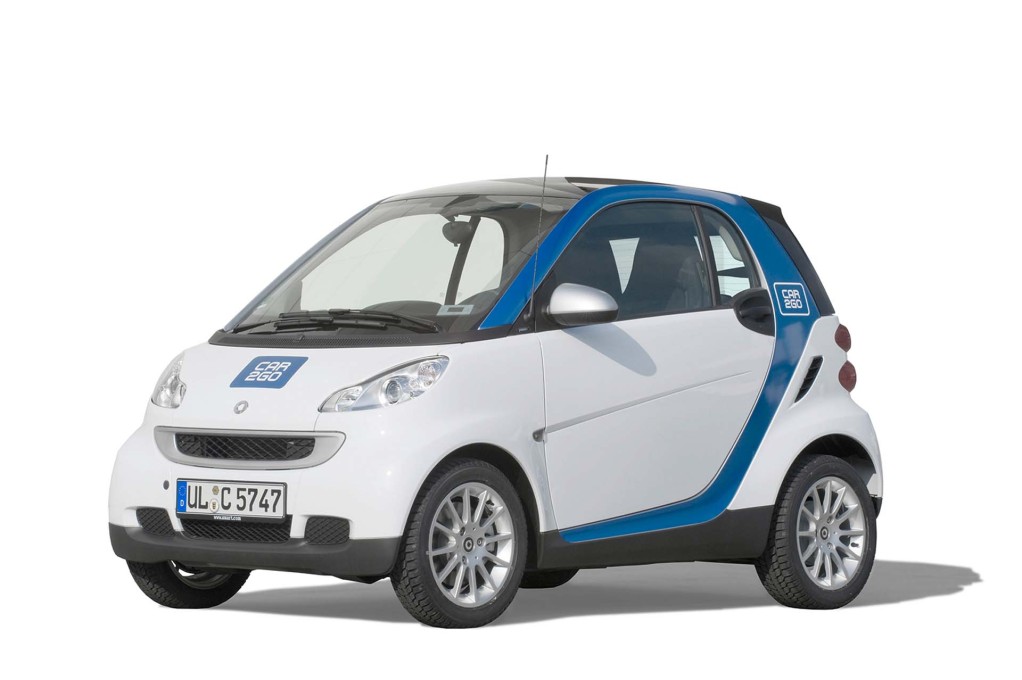
One-off series
Unlike in the 1950s and 1960s, today the notion of a system is communicated only very carefully or not at all. “Systems are often associated with something threatening and oppressive”, explains Spitz. To counter this, companies are increasingly focusing on personalisation. On the Adidas website not only can you configure your own sport shoes, they can also be printed with uploaded photographs for a truly individual and unique product. Brands like Coca-Cola and M&M’s, for example, can print your first name or initials on their products. Underlying these services are systems designed to mass-produce one-offs and to integrate the consumer in the process.
Improvements in 3D printing take this development even further. In the future, we are told, goods will no longer be produced centrally and then shipped, but rather de-centrally, printed by the customer. “I am convinced that entirely new phenomena will evolve that will turn our existing systems on their head”, says Spitz. Bringing us full circle is Enzo Mari’s project, Autoprogettazione (1974), which offers pre-cut wooden planks in DIY furniture kits. It does not confront users with a strict assembly plan, as Ikea does with its furniture, for example. Instead, Mari’s system is deliberately open and variable according to personal preference – a reconciliation with the chaos of order.
– Norman Kietzmann (translation Alisa Kotmair)
SYSTEM DESIGN. Over 100 Years of Chaos in Everyday Life
until 7 June 2015
Museum of Applied Arts Cologne
An der Rechtschule
50667 Cologne
Germany




